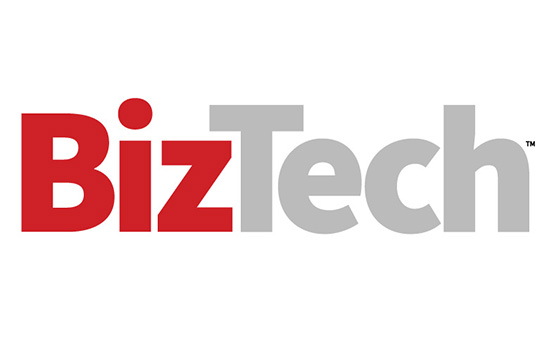1. Implement Network Segmentation and Microsegmentation
Network segmentation is exactly as it sounds: portioning a network to give only certain users and devices access to a particular segment. Administrators can also use segmentation to restrict the flow of data. The idea, according to Deloitte, is to "limit the blast radius of potential attacks."
For best results, implement segmentation in phases. First, traffic should be segmented on a coarse level; for example, specifying production versus nonproduction traffic. Then, administrators can perform microsegmentation, which is segmenting traffic using more fine-grained criteria, such as application-layer information.
FIND OUT: How next-gen AI is changing the cybersecurity game.
2. Enforce Privilege Policies for All Accounts, Including Employees
The principle of least privilege is a concept where network administrators give users — employees, service accounts, third party accounts and customer accounts — only the access needed to get their jobs done. What Deloitte recommends is challenging each user through continuous modeling and detection of anomalous activity.
Another useful method is dynamic access control. This is when administrators can authorize access based on rules that are well established and defined. Criteria may range from the data’s sensitivity to its location on the network or the user’s role. For instance, a user may get different access to the network when logging in on a device at home rather than a trusted device inside the network.
Click the banner below to read the 2024 CDW Cybersecurity report.













